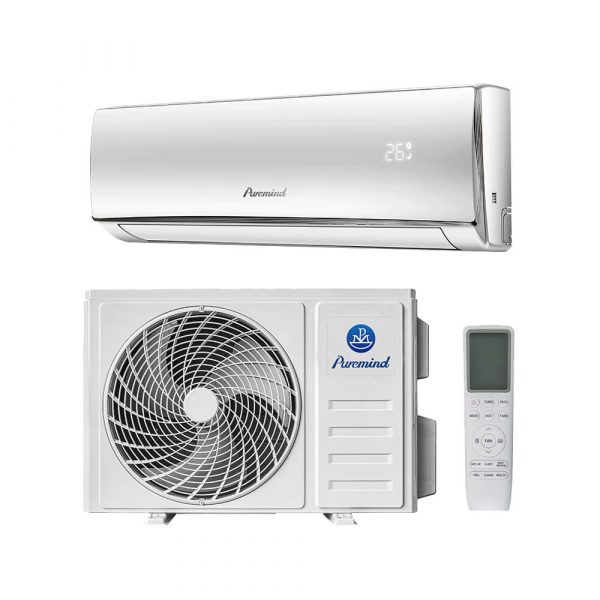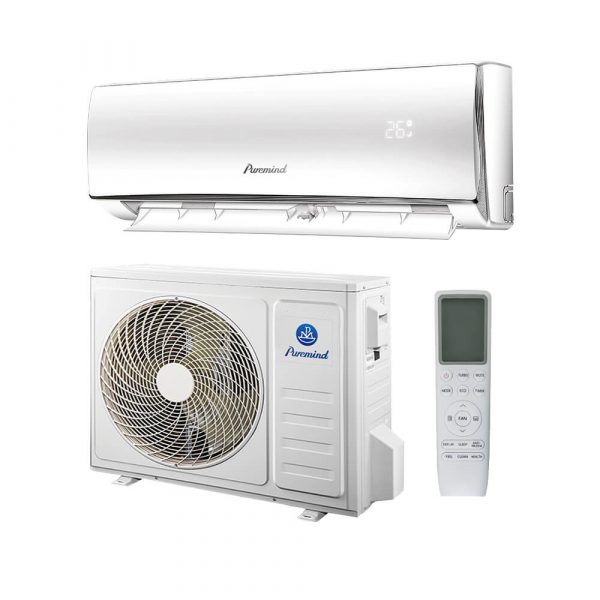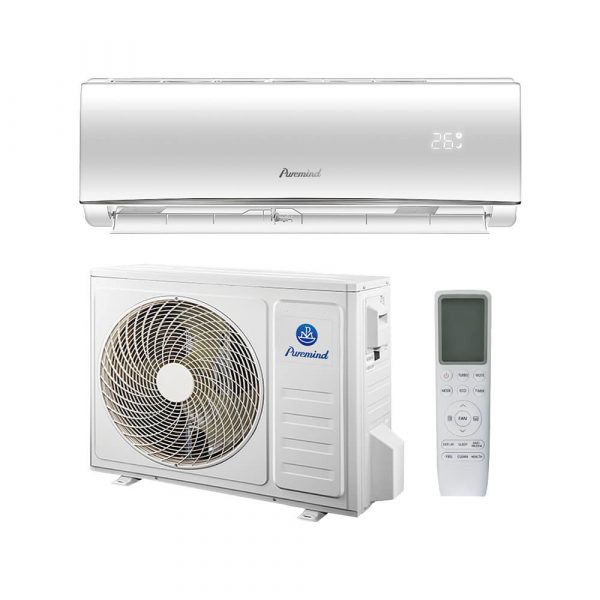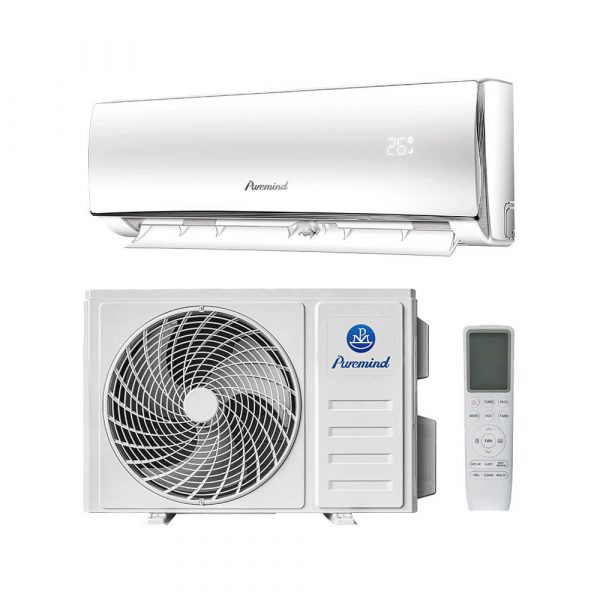Mini Split Air Conditioner: The Complete Guide for HVAC Distributors
The demand for energy-efficient and flexible cooling systems continues to grow worldwide. Among the most popular solutions is the mini split air conditioner. For HVAC wholesalers, suppliers, and distributors, understanding this system’s benefits and market demand is crucial to staying competitive. This comprehensive guide explains what a mini split AC is, how it works, its advantages, challenges, and why distributors should include it in their product lines.
What Is a Mini Split Air Conditioner?
A mini split air conditioner is a type of ductless HVAC system designed for residential and commercial use. Unlike traditional central AC systems, mini splits consist of an indoor air-handling unit and an outdoor compressor/condenser, connected by refrigerant lines and electrical wiring. Because they don’t require ductwork, they are easier to install and more efficient in smaller spaces.
How Does a Mini Split Air Conditioner Work?
The operation of a mini split air conditioner involves three main steps:
- Heat Absorption: The indoor unit absorbs heat from the room and transfers it to the refrigerant.
- Heat Release: The outdoor unit releases the absorbed heat into the environment.
- Air Circulation: Conditioned air is blown back into the room, creating a comfortable indoor climate.
Benefits of Mini Split Air Conditioners
Mini split systems are growing in popularity for several reasons:
- Energy Efficiency: Inverter technology reduces power consumption.
- Easy Installation: No ductwork required, making it less invasive.
- Flexible Applications: Suitable for residential homes, offices, and commercial spaces.
- Quiet Operation: The noisy compressor is placed outside.
- Improved Air Quality: Multi-layer filters reduce dust and allergens.
Why Distributors Should Stock Mini Split Air Conditioners
For wholesalers and suppliers, offering the mini split air conditioner provides strong business advantages:
- Rising Demand: Consumers increasingly prefer ductless, energy-efficient systems.
- Higher Margins: Mini splits offer competitive wholesale pricing with healthy markups.
- Product Diversity: Expanding catalogs with mini splits helps distributors meet contractor requests.
- Contractor Loyalty: Reliable access to mini splits strengthens distributor–contractor relationships.
Types of Mini Split Air Conditioners
Wholesalers can stock multiple types of mini split systems, including:
- Single-Zone Mini Splits: Ideal for cooling individual rooms or apartments.
- Multi-Zone Mini Splits: Capable of cooling several rooms with one outdoor unit.
- Heat Pump Mini Splits: Provide both heating and cooling.
- Ceiling Cassette Mini Splits: Common in commercial applications for discreet installation.
Mini Splits in Residential vs. Commercial Applications
Residential customers often ask about the mini split air conditioner as a ductless alternative to central AC. Meanwhile, commercial clients prefer multi-zone systems for office buildings, shops, and restaurants. For distributors, catering to both markets ensures steady sales growth.
Digital Wholesale Platforms
With the rise of e-commerce, distributors can expand sales by listing mini split air conditioners on Puremind. Online platforms streamline procurement, provide transparent pricing, and help HVAC businesses scale in a digital-first environment.
Market Insights
According to ACHR News, ductless mini split systems represent one of the fastest-growing HVAC categories in North America. As consumers prioritize sustainability and energy efficiency, demand for high-SEER mini splits continues to rise, creating profitable opportunities for distributors.
Challenges in Stocking Mini Split Air Conditioners
Despite their popularity, mini splits pose challenges for distributors:
- Competition: Brands like Mitsubishi, Daikin, and Gree compete strongly in the segment.
- Training: Contractors may need additional guidance to install advanced systems.
- Price Sensitivity: Customers sometimes compare upfront costs instead of long-term savings.
- Inventory Complexity: Stocking multiple sizes and models requires careful management.
Strategies to Maximize Sales
Distributors can increase profitability with the following strategies:
- Highlight Energy Efficiency: Market the long-term cost savings of mini splits.
- Support Contractors: Offer training programs and after-sales assistance.
- Leverage Online Marketing: Use SEO blogs, digital ads, and product videos to attract customers.
- Bundle Products: Pair mini splits with thermostats and air quality products to boost revenue.
Future Trends in Mini Split Air Conditioners
The mini split market is evolving with exciting trends:
- Smart Controls: Wi-Fi enabled and app-controlled units are becoming standard.
- Green Refrigerants: Wider adoption of R-32 and other low-GWP refrigerants.
- Government Incentives: Rebates and subsidies for high-SEER systems increase demand.
- Integration with Renewables: Hybrid systems pairing mini splits with solar energy.
Case Study: Distributor Success with Mini Splits
A distributor in Florida added mini split air conditioners to its product line. Within one year, sales of ductless units rose by 35%. Customers appreciated the flexible installation and energy savings, while contractors benefited from easy setup and reliable performance. This demonstrates why distributors cannot ignore the mini split segment.
Tips for Wholesalers and Suppliers
To succeed with mini split distribution, wholesalers should:
- Keep stock of the most popular capacities to meet demand quickly.
- Offer seasonal promotions to attract new contractors.
- Educate staff to answer technical questions confidently.
- Track trends in eco-friendly technology to stay competitive.
Conclusion
For wholesalers, suppliers, and distributors, the mini split air conditioner represents one of the fastest-growing HVAC opportunities. With strong demand, attractive margins, and broad applications, mini splits are essential for a modern product catalog. By leveraging digital platforms, supporting contractors, and aligning with sustainability trends, distributors can secure long-term growth in the evolving HVAC industry.







